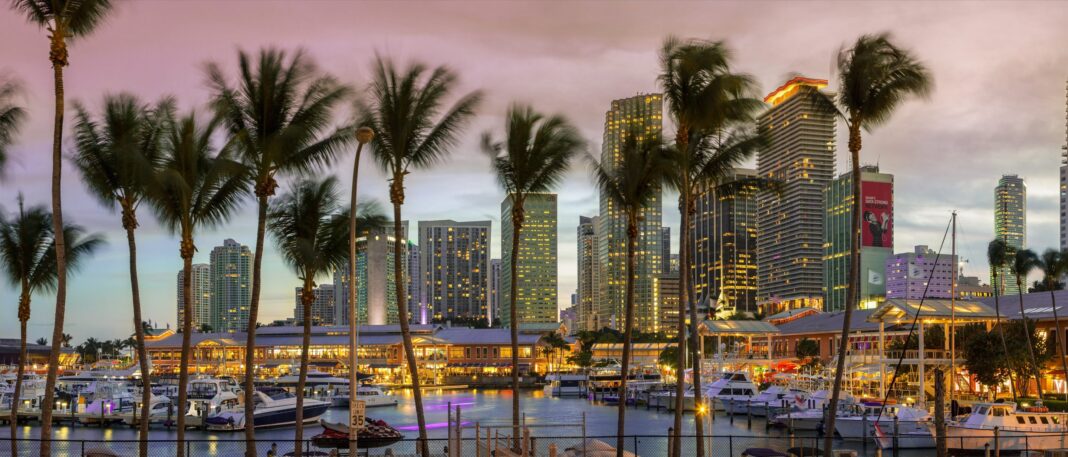Ultimately, it doesn’t matter where you live; you’re probably struggling to keep up with skyrocketing inflation, which hit a 40-year high last year. But in some places, the rate of inflation is actually rising more than in others.
Personal finance site WalletHub looked at the Consumer Price Index (CPI) from the most recent Bureau of Labor Statistics report in 23 U.S. major metro areas, comparing the CPI to that of two months ago and one year ago.
Turns out, neither New York City or San Francisco cracked the top five, despite all the fanfare about how unaffordable they are to live in. That honor went to Miami, where inflation rose by 9.9% year-over-year. For perspective, the NYC metro area ranked 10th with a 6.3% increase, while San Francisco came in 18th with 4.9%. Overall inflation had increased by 6.5% over the year in December.
Here are the top 10 metro areas where inflation rose the fastest:
- Miami-Ft. Lauderdale-West Palm Beach, Fl.: 9.9%
- Tampa-St. Petersburg-Clearwater, Fl.: 9.6%
- Dallas-Ft. Worth-Arlington, Tx.: 8.4%
- Riverside-San Bernardino-Ontario, Ca.: 7.5%
- Seattle-Tacoma-Bellevue, Wa.: 8.4%
- Phoenix-Mesa-Scottsdale, Az.: 9.5%
- Boston-Cambridge-Newton, Ma.: 7%
- Denver-Aurora-Lakewood, Co.: 6.9%
- Atlanta-Sandy Springs-Roswell, Ga.: 8.1%
- New York-Newark-Jersey City, NY-NJ: 6.3%
Don’t let Miami’s first-place finish fool you. According to Travel + Leisure, it’s still one of the best places in Florida to live. So is Tampa, which ranks number two on the list.
Florida nabbing the list’s top two spots may not be purely a coincidence. Many people moved to the Sunshine State during the pandemic seeking better weather, a tax haven, and more space. More high earners moved to Florida than to any other U.S. state during the pandemic, almost four times as the many who moved to Texas, the second-most popular destination.
In fact, half of the top ten are Sun Belt states—largely where people with the means to do so decamped during lockdown, many of whom made the move permanent. But as more and more remote workers swarmed into these regions, the cost of living—which originally lured them in—crept up. It only makes sense that inflation is rising the fastest in the cities where demand is the hottest.
Regardless of whether your city made the cut, there’s no doubt you’re noticing consumer prices trending upwards—especially if you go through egg cartons at a rapid clip. Unfortunately, there’s no magic way to cut essential costs. But there are small changes you can make to ease the overall damage.
The number one step for getting a handle on spending is to track every single dollar, Lisa Fischer, chief lending and growth officer at financial advisory Mission Lane, told Fortune. “Write everything down. Whether it’s scribbling in a notebook or typing out an organized list, keeping a detailed record helps you visualize your cash flow and cut down where needed.”
Other top tips, which could double as new year’s resolutions: Make a plan to ask for a raise, replace eating out with meal prepping, investigate investment strategies, and take a stab at some no-spend days.
Remaining nimble during such intense inflation can feel like an insurmountable task. But for inspiration, look no further than Cardi B, who put it plainly: “You’re going to go broke if you don’t start budgeting.”
Learn how to navigate and strengthen trust in your business with The Trust Factor, a weekly newsletter examining what leaders need to succeed. Sign up here.





